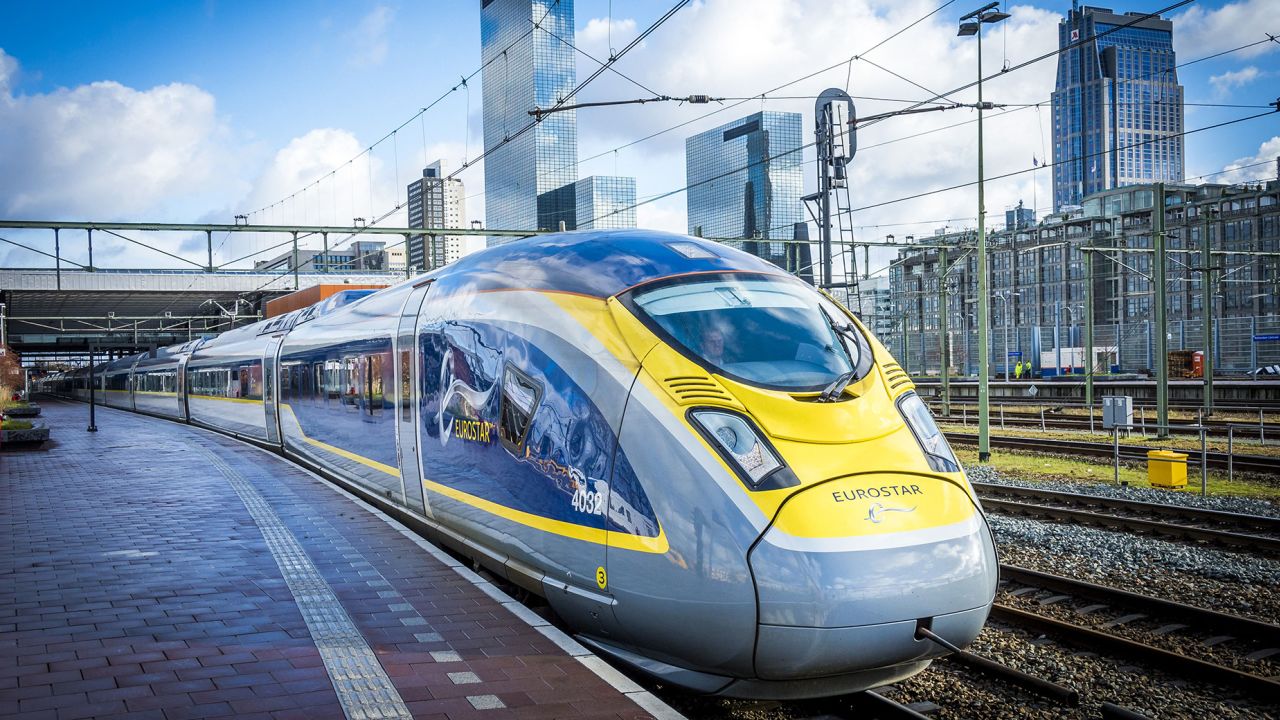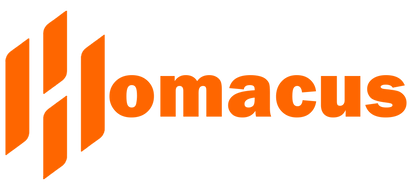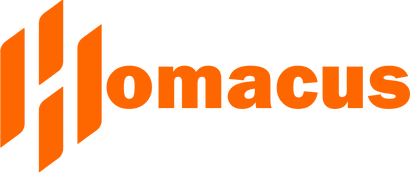Your Cart is Empty

The passenger train service of the Channel Tunnel is facing a significant challenge, prompting considerations for a substantial overhaul.
December 03, 2023 2 min read

The demand for high-speed rail travel in Europe is experiencing significant growth as travelers seek a rapid and sustainable alternative to short-haul flights and congested highways. However, this surge in demand is accompanied by challenges, with trains often operating at full capacity and ticket prices reaching exorbitant levels. The call for more routes and increased train frequencies between major cities is hampered by issues such as inadequate capacity, political obstacles, and underinvestment.
Unlike the aviation industry, which can swiftly introduce new routes, the development of high-speed railways, especially those crossing international borders, requires decades and substantial financial investments. The Channel Tunnel, a crucial undersea rail link between Britain and France managed by Eurostar, is currently one of the primary bottlenecks. Eurostar, a high-speed train service connecting London, Paris, Brussels, and Amsterdam, competes with airlines but faces challenges in meeting the untapped demand due to capacity issues at city center stations and a shortage of border control staff in the UK.
The monopoly Eurostar has held for almost 30 years is now being challenged by emerging competitors, promising increased options, more trains, and potentially lower fares. Heuro, a startup founded by Dutch entrepreneurs, plans to compete directly with Eurostar on routes between Amsterdam, Paris, and London from 2028. Heuro aims to offer frequent trips, hoping to shift travelers from air to rail on some of Europe's busiest short-haul routes.
Another potential contender is Virgin, with Richard Branson expressing interest in returning to the rail sector to compete with Eurostar. Similarly, Spanish startup Evolyn has announced plans to challenge Eurostar on the Paris-London route from 2025, though doubts have been raised about the feasibility of this target.
The challenges faced by these new entrants include procuring high-speed trains compatible with Channel Tunnel regulations, navigating safety and power supply systems in multiple countries, and addressing logistical issues at busy stations like Paris Gare du Nord and London's St Pancras. The process of obtaining new trains and necessary approvals is time-consuming, with delivery expected towards the end of the decade.
One credible challenge to Eurostar comes from Italian Railways’ subsidiary QBuzz, seeking permission to operate high-speed trains on routes connecting Amsterdam, Brussels, Paris, Cologne, and Frankfurt from January 2027. This exemplifies the potential for long-distance competition between incumbents to drive a modal shift to passenger rail.
The European goal of doubling high-speed rail use by 2030 and tripling it by 2050 necessitates a massive expansion of the high-speed network. Opening up existing railways to new operators could create capacity, lower costs, and provide more travel opportunities. Industry leaders emphasize the need for affordable, comfortable trains to make rail the preferred mode of transport, with the socio-economic and sustainability benefits of a comprehensive EU-wide high-speed rail network outweighing the associated costs.
In conclusion, while the challenges are formidable, the emergence of new players and the potential for increased competition in the high-speed rail sector could reshape European travel, offering more choices, improved connectivity, and a shift towards sustainable transportation.
Leave a comment
Comments will be approved before showing up.

